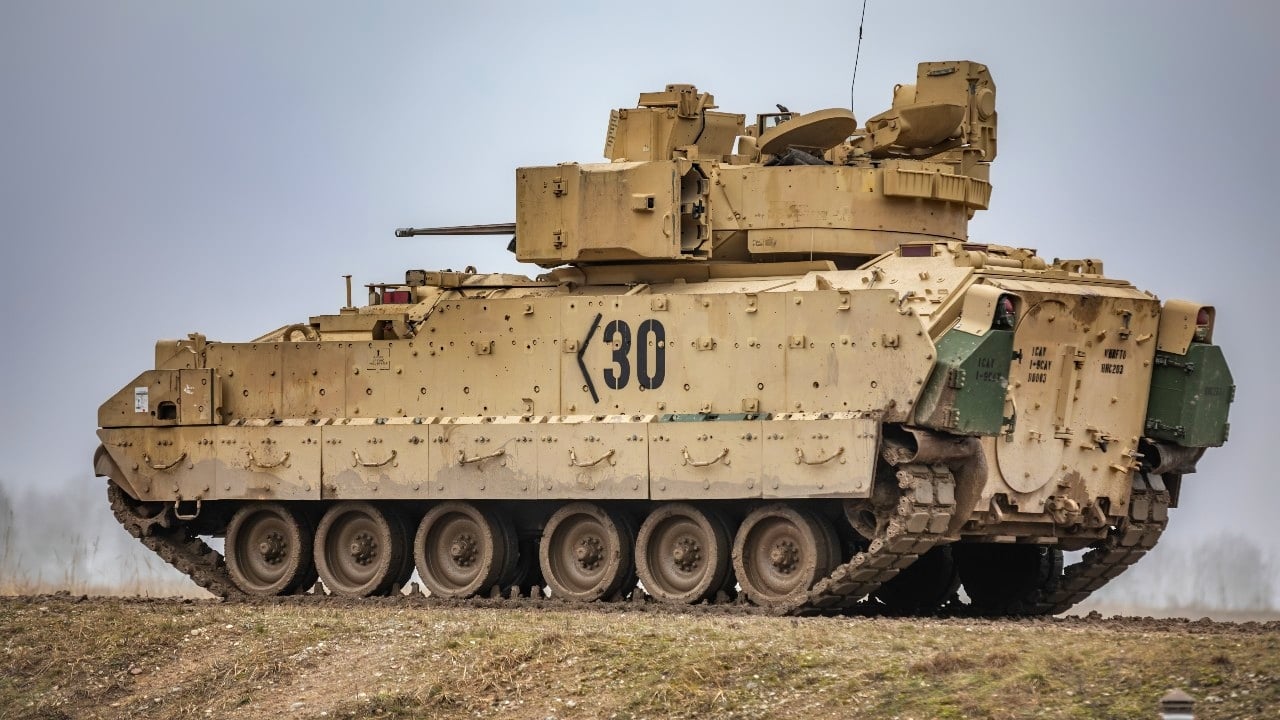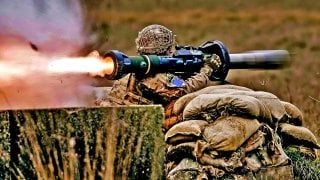Putin's Nightmare: Ukraine’s Kursk Operation Shows that Russia Can Be Defeated
The Kursk offensive showed again that Russia is a colossus with feet of clay. Policies that give Ukraine more resources, both military and economic, and a free hand in using them will help to end the war sooner on terms that give durable peace in Europe and beyond.
When Russia launched a full-scale invasion of Ukraine on February 24, 2022, many observers and policymakers in the West gave Ukraine three days. After surviving the initial onslaught, Ukraine defeated the Russian army near Kyiv, Kharkiv, and Kherson in 2022. These successes showed that the aggressor does not have enough resources to subdue Ukraine, and in fact, may be beaten back.
On August 6, 2024, the Ukrainian army started an operation in Kursk Oblast in Russia. The rout of the Russian army exposed again the glaring weaknesses of the Putin system.
Ukraine did not inform its allies about the operation to prevent leaks and, more importantly, to avoid a situation where Ukraine would not be allowed to proceed. Indeed, Ukraine’s partners chose the strategy of managed escalation which provides them with the illusion of control. Weapons have been delivered to Ukraine with significant delays and in quantities that never allowed the Ukrainian army to have an advantage over the Russian forces.
For example, only recently Ukraine received about a dozen F-16 jets while sixty-one were promised, and a half-year delay in providing tanks and other equipment to Ukraine allowed Russians to build minefields and other fortifications which was one of the major factors behind Ukraine’s unsuccessful counteroffensive in 2023.
Moreover, even when provided with modern weapons, Ukraine is consistently restricted in its ability to use them to strike Russian forces. For instance, the U.S. government did not allow Ukraine to use American systems to strike any military target inside Russia until the late spring of 2024 when Russia amassed significant forces near the border with Ukraine and started an offensive toward Kharkiv.
This timid response is consistent with the notion that Ukraine or its allies should not cross a red line because Russia could respond with something terrible. From Ukraine’s perspective, it is hard to imagine what else Russia can do after ruining Ukrainian cities, destroying energy infrastructure, blowing up a major dam, or torturing Ukrainians.
Thus, the true fear of Western governments is perhaps that a Russian nuclear strike could force them to respond and directly involve themselves in the war. Therefore, they prefer to let “invincible” Russia bleed Ukraine or force Ukraine to sacrifice its territories and people in the futile hope of appeasing the aggressor.
Ukraine’s Kursk offensive blew a giant hole in this thinking. First, Russian red lines again proved to be a bluff. Just like attacking Russian forces in Crimea, which is a part of Russia according to Russian laws, did not lead to any kind of discernible escalation, the Kursk offensive resulted in silence in the Kremlin. If anything, nuclear threats subsided because promises to use nuclear weapons in response to an attack on Russian soil are patently empty now.
Second, the offensive exposed the utter unpreparedness of Russia. How could Ukraine get control of 1,200 square kilometers of Russia in less than a month?
One explanation is offered by the Lithuanian Foreign Minister Gabrielius Landsbergis, who observed that "Russian planes are better protected by the Western guarantees than Ukrainians." In other words, Russia is so successful in blackmailing the West that the Kremlin does not even prepare for any kind of incursion.
We noted long ago that yielding to blackmail would lead to escalation.
Third, the operation demonstrated that Russia is running out of people and equipment. It took Russia more than a month to mount a counteroffensive, which has been unsuccessful so far.
Fourth, Russian society is atomized to a point where rallying around the flag does not occur even when enemy tanks arrive at the doorstep.
In short, the Kursk offensive showed again that Russia is a colossus with feet of clay. Policies that give Ukraine more resources, both military and economic, and a free hand in using them will help to end the war sooner on terms that give durable peace in Europe and beyond.

Similarly, policies that exhaust the Russian economy and army will accelerate the end of the war. On the other hand, the policy of “managed escalation” will prolong the war and increase the chances of large conflicts in the future.
About the Authors
Yuriy Gorodnichenko is a native of Ukraine and Quantedge Presidential professor at the Department of Economics, University of California–Berkeley. He received his B.A. and MA at EERC/Kyiv-Mohyla Academy (Kyiv, Ukraine) and his Ph.D. at the University of Michigan. A significant part of his research has been on monetary policy, fiscal policy, inequality, economic growth, and business cycles.
Ilona Sologoub is a researcher and editor of VoxUkraine, a Ukrainian economic think tank. She received an MA degree in Economics from the Kyiv School of Economics, where she worked as a researcher in 2011-2019. Ilona is a co-author and editor of several books on Ukraine's economic history and reconstruction and many policy research publications.
Image Credit: Creative Commons and/or Shutterstock.


